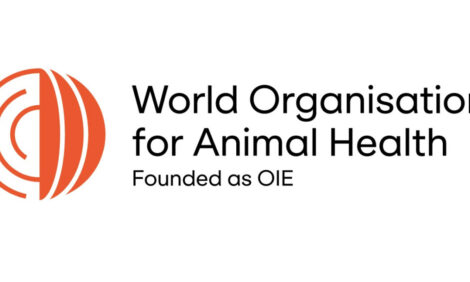



Continued Pressure for Cattle Feeders
US - With two consecutive years of drought and this spring’s Lean Finely Textured Beef (LFTB) crisis, researchers at the Rabobank International Food & Agribusiness Research and Advisory (FAR) group do not predict a break for already hard-pressed cattle feeders in the United States. Some longer-term outlooks and insights provide a few positive notes for the battered beef industry.“The US beef complex has been driven by one emotionally charged issue after another, and given the escalating uncertainty of the weather there is no relief in sight,” says report author Don Close, Vice President, Food and Agribusiness Research & Advisory, Animal Protein.
The FAR group’s “US Cattle Market Update: The Rain Isn’t Falling, but Neither is the Sky!” report notes that for the second year in a row, the main driver for the beef industry is weather. The LFTB crisis, which upset normal seasonal price trends for the first half of the year, will be overshadowed by the drought’s effects on the second half of 2012.
Although this year’s drought is more widespread, it is not as severe as last year’s. In the Southern Plains where stocking rates are below normal due to the 2011 drought, grazing conditions have improved. Drought-forced placements have shifted geographically. June cattle on feed placements in Texas returned to some normalcy and were 16 per cent lower from a year ago. Meanwhile Nebraska’s placements were up a shocking 24 per cent.
“Drought conditions have eliminated any prospects of a US herd expansion in 2012, although cattle producers are making efforts to retain heifers,” Mr Close says. “A decline in heifer placements is good for the industry in the long term. However, it means an even tighter supply of placements now for cattle feeders.”
Drought-influenced high placements of Mexican cattle have helped bolster cattle inventories, especially for southern US feeders. But as the Mexican cattle herd continues to diminish, US cattle feeders may face greater long-term tightening of cattle supplies.
“Currently cattle feeders are losing in excess of $250 per head on unhedged cattle,” says Mr Close. “The live cattle to feeder cattle swap is not offering anything much better. To date, the precipitous decline in feeder cattle values has totally been absorbed by the surge in feed prices.”
Some good news from the report is that as fed cattle supplies and carcase weights are expected to decline through the second half of the year, fed cattle prices should experience some support.
TheCattleSite News Desk


